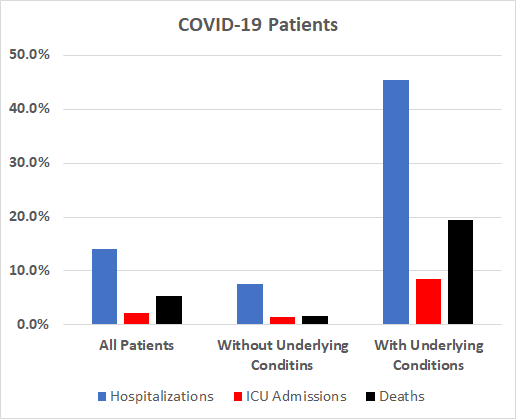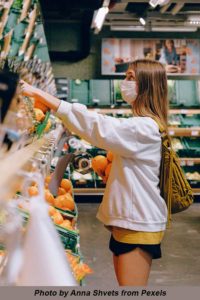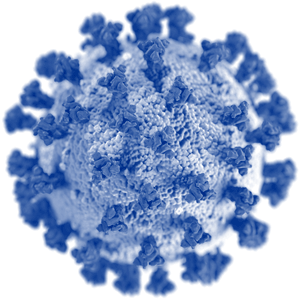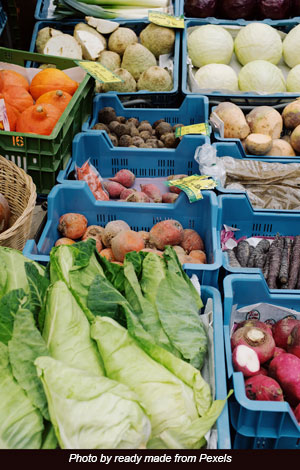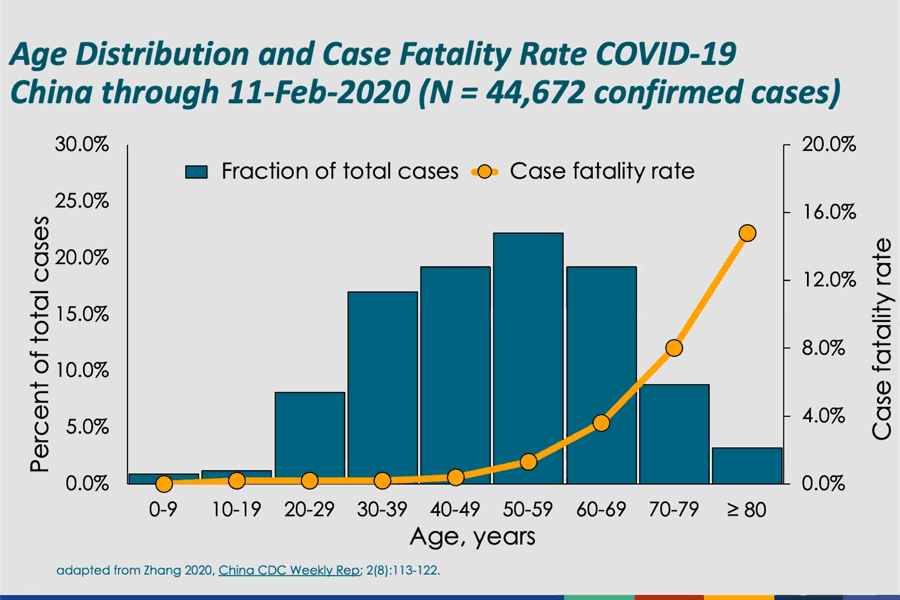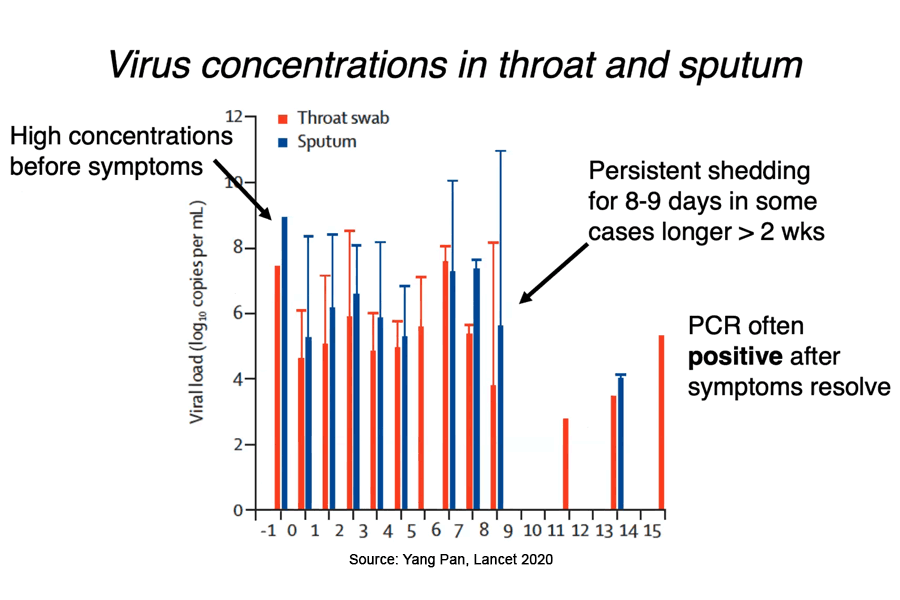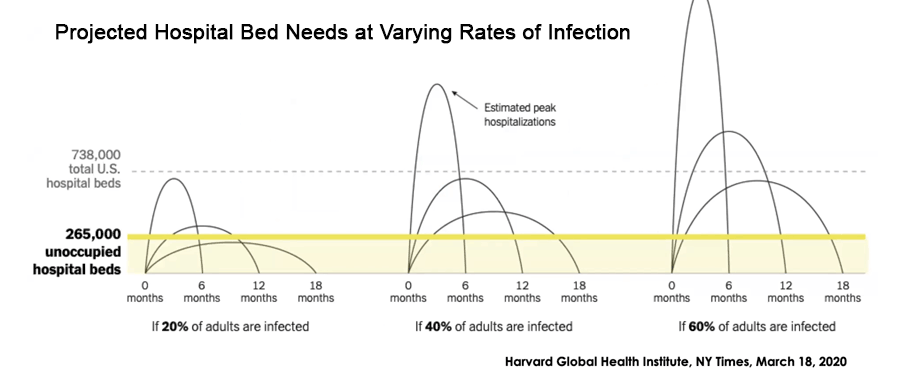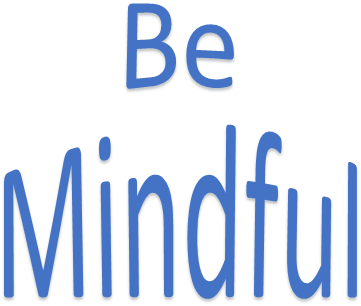Last Spring, my husband and I took our place among the millions of Americans who received two doses of the Pfizer vaccine, thereby substantially reducing our risk of serious illness and death from COVID-19. It was quite an experience!
 We both took part in the mass vaccination at the Oregon Convention Center. You have never seen such an efficient operation! Volunteers provided assistance with parking, check in, and registration. Medical professionals staffed the 50-75 vaccination tables and received a continuous supply of vaccines from other volunteers. A comfortable seating area afforded the opportunity to cool our jets for 15 minutes to make sure we did not have an adverse reaction. Then it was homeward bound. I was in and out in 30 minutes… along with thousands of other Oregonians.
We both took part in the mass vaccination at the Oregon Convention Center. You have never seen such an efficient operation! Volunteers provided assistance with parking, check in, and registration. Medical professionals staffed the 50-75 vaccination tables and received a continuous supply of vaccines from other volunteers. A comfortable seating area afforded the opportunity to cool our jets for 15 minutes to make sure we did not have an adverse reaction. Then it was homeward bound. I was in and out in 30 minutes… along with thousands of other Oregonians.
Unfortunately, quite a number of Americans resist getting vaccinated. Some believe themselves capable of withstanding the infection without medical intervention. Some worry that the vaccine may harm them. Others are under the impression that the vaccine is associated with nefarious intent. I lament those responses both for the risks to their health and to those they may unwittingly infect.
I don’t think vaccines are anything to fear. They’re a marvel of science that leverage the body’s natural defense mechanism to protect itself from infection and disease. They help us get our intruder-specific armaments ready without having us go through a full cycle of infection to get them (or risk disability or death in the process). The two most common ways to make that happen include:
- Injecting the patient with an inactive version of the virus to give the body a template from which to build its defenses
- Injecting the patient with a viral agent that is similar to the noxious intruder but for which the body suffers no ill effects
The Pfizer vaccine uses a slightly different methodology to produce an entirely safe and effective response. It injects a custom-designed messenger RNA molecule (mRNA) that’s used to build a protein that simulates the COVID virus. As with the other two mechanisms for inducing an immune response, neither the mRNA nor the associated protein should induce harmful effects. They simply give the body something on which to build a COVID defense force. While this form of vaccine is relatively new, research into mRNA has been around for quite some time. And as witnessed by the pace at which the COVID vaccine was developed, this technology holds the promise of vastly accelerating our ability to respond to new and potentially deadly pathogens.
Alas, our two-shot Pfizer protection attenuates over time. Mercifully, the FDA approved booster shots for seniors and persons with selected medical conditions. Spike just got his booster shot last week and suffered no ill effects. I’m hoping to get mine within the month.
I’m grateful for the dedicated scientists who worked diligently to break the code on COVID-19 and create a vaccine. I’m grateful to the folks who funded the development and to the thousands of volunteers who helped distribute it nationally.
I still wear a mask, maintain social distance, and wash my hands frequently. But I rest easier knowing that I have COVID-19 warriors swimming around in my bloodstream.

